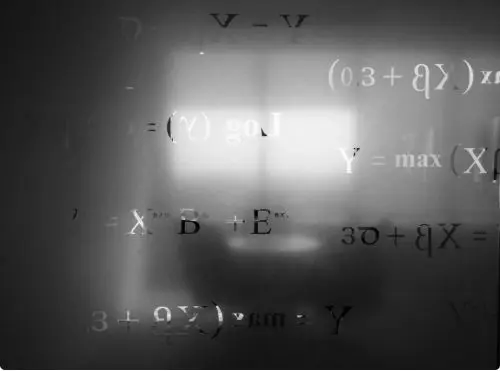AI’s Secret Math Trick: How Language Models Outsmart Time Without Memory

Artificial intelligence is already capable of writing poetry, generating computer code, and even holding eerily human-like conversations. But how does it manage to keep up with complex, ever-changing scenarios, like a person moving through a room or a stock price fluctuating by the second?
According to new research from MIT’s Computer Science and Artificial Intelligence Laboratory (CSAIL), language models don’t actually "remember" sequences the way we thought. Instead, they take clever mathematical shortcuts that let them predict what happens next without explicitly tracking every change over time.
“We assumed these models relied heavily on remembering sequences step by step,” explains Yoon Kim, senior author of the study. “But what we found is that they often use simple arithmetic-like operations to infer the present from the past, almost like a mental shortcut.”
These shortcuts allow large language models (LLMs) like ChatGPT and others to predict dynamic scenarios, such as following a moving object or reacting to a changing context, without needing to process each moment in order. Instead, they leverage internal computations that represent differences or cumulative changes, giving them a surprisingly efficient way to keep up.
In their experiments, the MIT team trained models on tasks where a state changed incrementally over time. Rather than directly modeling each step, the models learned to apply mathematical deltas, the difference between two values, allowing them to predict changes without retaining the entire history.
This revelation not only changes how we understand LLMs, but could dramatically improve them. By knowing when models default to arithmetic tracking, and when they struggle, engineers can design smarter AI systems that better handle real-world complexity, from autonomous vehicles to financial modeling.
The researchers hope to incorporate their findings into more robust transformer models, the architecture behind today’s AI giants, and even give users more control over when the model should rely on memory versus computation.
“Just like humans use both memory and math to solve problems, we can fine-tune models to switch between strategies,” Kim adds. “It could lead to systems that are both faster and more accurate, without needing exponentially more data or computing power.”
As AI continues to reshape everything from healthcare to the arts, understanding the secret mechanics behind its seemingly magical abilities is more critical than ever. And this surprisingly simple shortcut might just be the next big leap in making machines that truly understand the world around them.